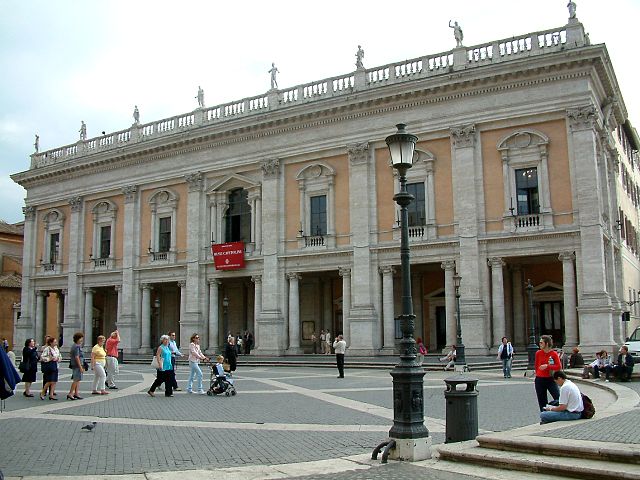A baluster is an upright support, often a vertical moulded shaft, square, or lathe-turned form found in stairways, parapets, and other architectural features. In furniture construction it is known as a spindle. Common materials used in its construction are wood, stone, and less frequently metal and ceramic. A group of balusters supporting a handrail, coping, or ornamental detail is known as a balustrade.
The term derives from the swelling form of the half-open flower of Punica granatum, in Italian balaustra
Stone balusters in the Basilica of San Zeno, Verona (constructed 967–1398 AD)
Ornate cast iron filigree balustrades in the Bradbury Building in downtown Los Angeles, California
A vasiform balustrade crowns Michelangelo's Palazzo dei Conservatori on the Campidoglio (Rome)
Stairs are a structure designed to bridge a large vertical distance between lower and higher levels by dividing it into smaller vertical distances. This is achieved as a diagonal series of horizontal platforms called steps which enable passage to the other level by stepping from one to another step in turn. Steps are very typically rectangular. Stairs may be straight, round, or may consist of two or more straight pieces connected at angles.
Steps with two anti-slip rubber strips and small nosings
Neo-Baroque stairs with intricate wooden balustrade
Staircase with double bullnose and two volutes. An intermediate landing is part of this U-shaped stair.
Handrail and carved balusters








